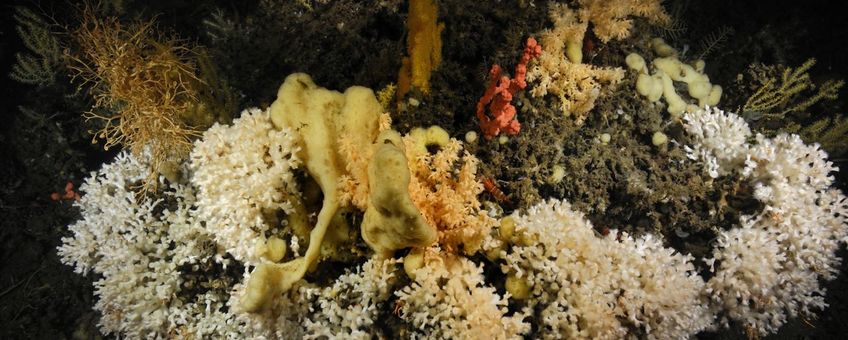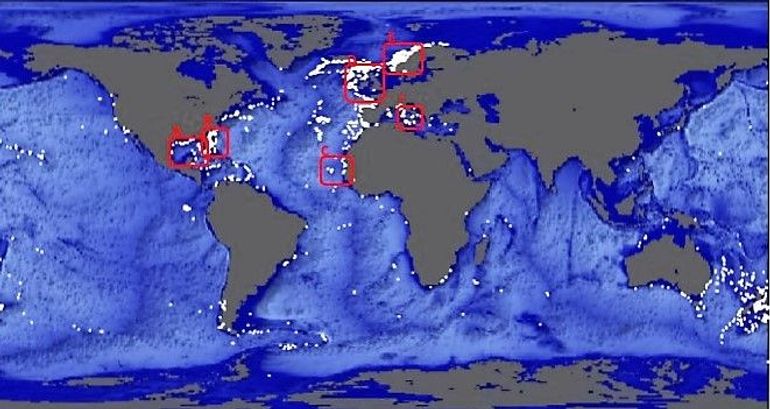
All Good Things Come from Above for Deep-Sea Coral Reefs
NIOZ Royal Netherlands Institute for Sea ResearchScientists from NIOZ Royal Netherlands Institute for Sea Research and the Universities of Aarhus and Galway have demonstrated that this system preserves itself by a remarkable form of ecosystem engineering: the growth of these mounds causes a strong vertical current transporting nutrient-rich water to the corals on the slopes, which in turn enables them to grow. The results have been published in the journal Scientific Reports.
Cold-water corals form fascinating ecosystems that can be found worldwide in many places at great depths in the oceans. Just like the more well-known tropical corals in shallow waters, these deep-sea coral reefs form oases of benthic life, rising from the muddy deep-sea floor. The reefs that are formed by the deep-sea corals are also very attractive to sponges, worms, and fish.

Mathematical Model
The scientists have developed a mathematical model that shows the nutrient currents in the North Atlantic Ocean on the continental slope north-west of Ireland. Reefs can be found here on 300-metre-high mounds, the peaks of which are about 600 metres below the sea surface. The limestone mounds that are formed by an accumulation of dead corals affect the currents in such a way that they regularly create a direct connection between the nutrient-rich water just under the sea surface and the corals living at depths of 600 metres. This new pattern of currents also causes increased transport of organic material to the deep ocean, and thus a more efficient transfer of carbon dioxide from the atmosphere.
Unique but Vulnerable Ecosystems
The positive feedback between coral growth and food supply turns out to be crucial to their preservation at great depths. This form of engineering driven by organisms is unique, both with regard to the size of the mounds that are formed, and with regard to the timescale on which this process is taking place. The delicacy of the process is an argument for treating these ecosystems with respect and protecting them from negative aspects of human interference. Increased stratification of the oceans as a consequence of warming of the atmosphere, which also causes warming of the surface layer of the ocean, may lead to a diminished capacity of this highway between the sea surface and the deep sea. This would mean that the corals get less food and starve. Sea-bed fishery in these deep-sea oases with relatively many fish may also over a short period of time destroy these vulnerable reef communities.
Text: NIOZ Royal Netherlands Institute for Sea Research
Photo: Solvin Zankl, GEOMAR
Map: Karline Soetaert, NIOZ Royal Netherlands Institute for Sea Research
